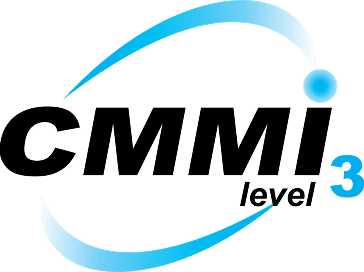An hreflang tags are important for providing multilingual support in your WordPress website. Here’s how you can implement hreflang annotations on your Multilingual WordPress site.
Why Use Hreflang For Your Multilingual WordPress Websites?
In case your site targets users from one side of the planet to the other (implying that you are engaged with the International part of SEO), you might need to make a part of it into various languages to provide content for various nations or regions. While this is unquestionably useful for your visitors, it may not be so for web indexes.
Essentially distributing translated forms of your website content on various URLs will not assist Google with understanding the connection among URLs and how your site is set up. This is problematic and can prompt your pages not to position too as they could. This is where the hreflang tag comes into the picture.
What is hreflang?
The hreflang tag is HTML code that lets Google know which variant of a page to show for specific languages and regions. When done effectively, hreflang annotations tell the bots crawling the page were to see the suitable content for different regions that don't communicate in the primary page's language. At the point when somebody does a search on Google (Bing doesn't utilize the hreflang tag), the search engine goes through the following stages:
- It concludes where to rank a URL dependent on its algorithm
- It actually looks at a page's code, searching for hreflang tags
- It takes a gander at a user's present view (in view of IP address) and language settings
- It shows the most important URL in the SERP and sends the user (if the click) to that URL
The explanation the web index checks for hreflang labels is with the goal that it can serve the right form of a page dependent on the user’s language settings. So, it's the way Google knows which URL to show for a Spanish speaker and which one to use for an English speaker. It's additionally how it knows which variant to show somebody in the United States and somebody in the United Kingdom.
hreflang example
<link rel="canonical" href="https://www.consumer-sketch.com/">
<link rel="alternate" href="https://www.consumer-sketch.com/" hreflang="x-default" />
<link rel="alternate" href="https://www.consumer-sketch.com/fr/" hreflang="fr-fr" />
<link rel="alternate" href="https://www.consumer-sketch.com/it/" hreflang="it-it" />
<link rel="alternate" href="https://www.consumer-sketch.com/es/" hreflang="es-es" />
When to use the hreflang tags?
There are 3 circumstances in which you should utilize hreflang.
1. At the point when you translate just the page format into different languages, yet not the primary content of the page. An illustration of this would be a page that highlights user-produced content like forums, messages and sheets.
2. At the point when you have pages in a similar language utilizing local variations. For instance, you have separate English renditions of a page for the US, Canada, the UK and Ireland.
3. At the point when you've completely made an interpretation of your site content into different languages. For instance, WooRank is accessible in 6 languages: English, Spanish, French, Portuguese, Dutch and German. At the point when the content is free in at least 2 of those languages, you’ll add hreflang language code first to the pages indicating that.
Hreflang tags Wordpress: What to know?
You can target a more extensive audience with a WordPress multilingual site, however, you want to carry out specifically prescribed procedures to get results. Perhaps the best practice for this sort of site is to utilize hreflang tags, yet there are other savvy strategies also.
For the best user experience, it's good to utilize content composed by local speakers, and not machine-interpreted text. Another best practice is to utilize the discretionary x-default tag for languages that do not match. This ought to be utilized on home pages, where users can choose the area and language they need.
In case your site utilizes canonical tags, you'll likewise be cautious while adding hreflang tags. These two sorts of labels can entangle, conveying conflicting messages to Google regarding which page it should show. While you can leave the hreflang annotations away from pages that have canonical tags, it is smarter to just add the language tags cautiously.
Implementing Hreflang tag into the Multilingual WordPress website
The simplest technique for implementation of hreflang tags WordPress is to utilize a third-party plugin in WordPress. Plugins like MultilingualPress add an hreflang tag for you naturally, and shouldn't cause any implementation issues.
MultilingualPress additionally has a translation option, which can be found in the post editorial manager. At the point when you acknowledge a translation into another language, the plugin adds the fitting hreflang labels to your site's header. The translation feature isn't restricted to posts, and chips away at tags and categories, while likewise matching up well with SEO & eCommerce plugins like Yoast and WooCommerce, respectively.
Language localization is important because it offers users in different regions the ability to see the website content in their language. It is highly useful to increase engagement on the website and keep the visitors for a long time. WordPress websites should implement this language code first and then structure all the pages around the hreflang annotations. These tags send the right message to Google and ensure that the search engine shows the right page to the right users in different regions.
At Consumer-Sketch.com we follow and implement best SEO practices for a local and international websites. Hire our SEO services to optimize your Multilingual WordPress website.












